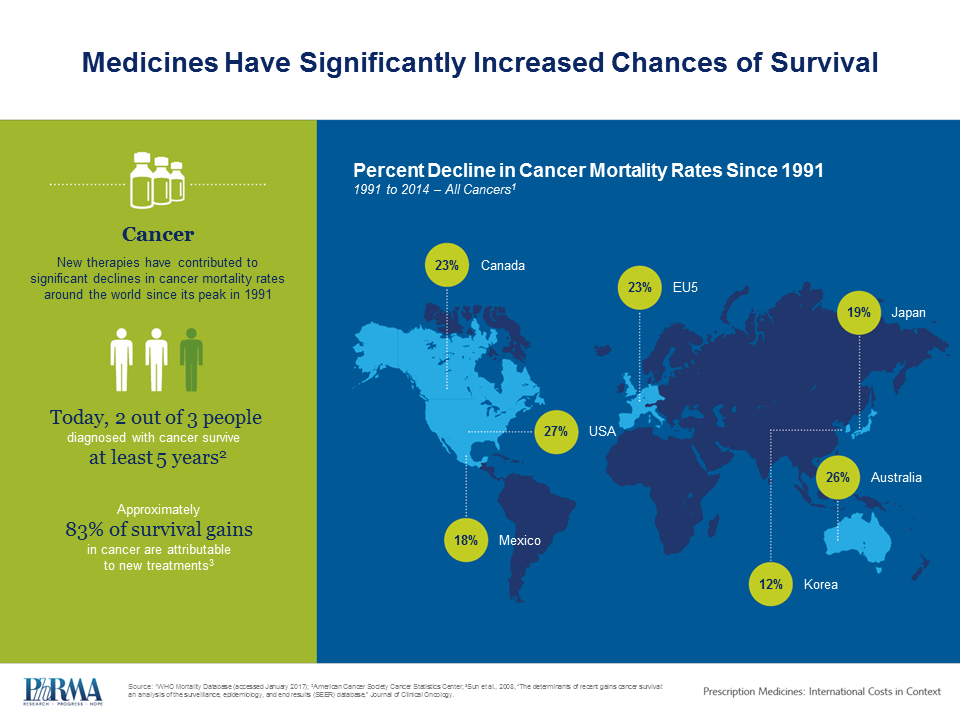New report explores setbacks that bring future cancer success stories
Since peaking in 1991, cancer death rates in the U.S. have declined by 29%, which translates into more than 2.9 million avoided cancer deaths. According to the most recent data, between 2016 and 2017 alone, death rates declined by 2.2%, the largest single-year drop ever recorded.

New report explores setbacks that bring future cancer success stories





